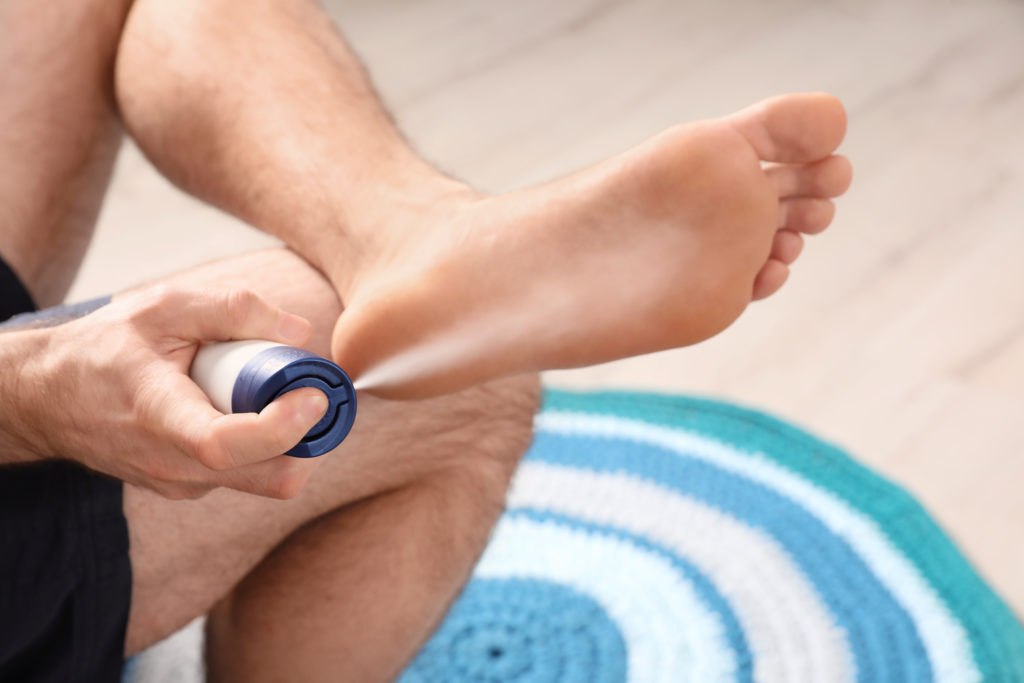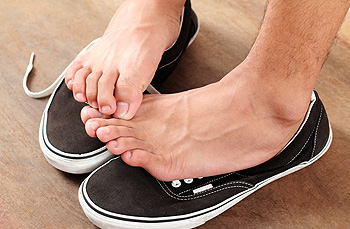How to Stop Sweaty Hands and Feet: Top Dermatology Treatments for Excessive Sweating
How to Stop Sweaty Hands and Feet: Top Dermatology Treatments for Excessive Sweating
Blog Article
Unveiling the Complexities of Excessive Sweating: A Comprehensive Guide to Diagnosis and Administration
Excessive sweating, medically known as hyperhidrosis, is a problem that influences a significant number of individuals and can have an extensive effect on their quality of life. While sweating is a natural physical function, its overactivity in hyperhidrosis provides an unique set of difficulties that typically go beyond simple discomfort.

Understanding Hyperhidrosis Causes
Hyperhidrosis triggers can be associated to different variables such as genetics, hormone discrepancies, and specific medical conditions. Genes play a significant function in main focal hyperhidrosis, where individuals acquire the condition from their household participants. By identifying the certain aspects adding to too much sweating, healthcare carriers can tailor treatment strategies to attend to the underlying reason, offering alleviation and boosting the high quality of life for individuals influenced by hyperhidrosis.
Recognizing Hyperhidrosis Manifestations

Additionally, hyperhidrosis symptoms may show up in emotional and social distress, as individuals might feel humiliated or anxious about their sweating, resulting in avoidance of social situations (Treatment for hyperhydrosis of hands). Furthermore, repeated episodes of extreme sweating can cause skin maceration, fungal infections, and a general reduction in self-esteem
Diagnostic Process for Hyperhidrosis
Initiating the analysis procedure for too much sweating involves comprehensive evaluation of the individual's case history and physical evaluation. Asking about the start, period, and sets off of sweating episodes is critical to distinguish between key focal hyperhidrosis and secondary generalized hyperhidrosis. Medical background should additionally include inquiries about drugs, medical problems, and family members background of hyperhidrosis.
During the physical examination, particular focus is paid to the areas impacted by sweating. The health care carrier might examine the extent of sweating, look for indications of underlying problems, and review the impact of sweating on the person's lifestyle. Additionally, specific examinations like the gravimetric examination, starch-iodine test, or skin conductance measurements might be conducted to evaluate the quantity of sweat produced.
Furthermore, in cases where second hyperhidrosis is presumed, added examinations such as blood examinations, pee examinations, and imaging researches may be recommended to identify the underlying reason for excessive sweating. The analysis process intends to properly establish the type and root cause of hyperhidrosis to guide proper administration methods.
Therapy Choices for Hyperhidrosis
When resolving too much sweating, numerous therapy options are available to alleviate symptoms and improve the person's quality of life. The treatment strategy for hyperhidrosis depends upon the intensity Get More Information of symptoms and the patient's reaction to initial treatments.
Topical therapies, such as aluminum-based antiperspirants, are usually recommended as the first line of defense for taking care of moderate cases of hyperhidrosis. These products work by connecting the sweat air ducts, thus reducing the quantity of sweat that gets to the skin's surface area. For individuals with more serious symptoms, oral drugs like anticholinergics may be prescribed to assist lower sweating. These medicines can have side effects and are not suitable for everyone.

Effective Monitoring Strategies
To successfully take care of hyperhidrosis, a customized and detailed treatment strategy customized to the person's details requirements and response to previous treatments is important. This strategy might incorporate a combination of restorative strategies, consisting of lifestyle modifications, topical treatments, dental medications, botulinum contaminant injections, iontophoresis, and in extreme cases, surgical treatments like sweat gland elimination or sympathectomy. Way of life alterations such as wearing moisture-wicking garments, using antiperspirants, and practicing stress-reducing strategies can match clinical treatments. Topical antiperspirants containing light weight aluminum chloride are frequently the first-line therapy, with more powerful solutions available for immune situations. Oral medications like anticholinergics might be prescribed for generalized hyperhidrosis. Botulinum toxic substance shots are effective for focal hyperhidrosis, supplying short-term alleviation by blocking the launch of acetylcholine. Iontophoresis, involving using a reduced electric current to minimize gland task, can be useful for both palmoplantar and axillary hyperhidrosis. Surgical alternatives are generally reserved for extreme, refractory cases and call for mindful factor to consider of threats and helpful site benefits. A multidisciplinary technique entailing skin specialists, primary treatment doctors, and, if necessary, doctors, can enhance the monitoring of hyperhidrosis.
Conclusion
In final thought, hyperhidrosis is a problem identified by too much sweating, which can greatly affect a person's quality of life. With appropriate medical diagnosis and management strategies, people enduring from hyperhidrosis can discover relief and boost their overall wellness.
Excessive sweating, medically known as hyperhidrosis, is a condition that affects a significant number of individuals and can have a profound effect on their top quality of life. By recognizing the particular elements adding to extreme sweating, health care companies can tailor therapy strategies to resolve the underlying cause, using alleviation and improving the top quality of life for people affected by hyperhidrosis.
Hyperhidrosis, characterized by extreme sweating past what is needed for regulating body temperature, can substantially influence an individual's top quality of life. Inquiring regarding the onset, period, and sets off of sweating episodes is critical to distinguish between key focal hyperhidrosis and additional generalized hyperhidrosis. Treatment for hyperhydrosis of hands.In verdict, hyperhidrosis is a condition characterized by excessive sweating, which try this site can considerably impact a person's top quality of life
Report this page